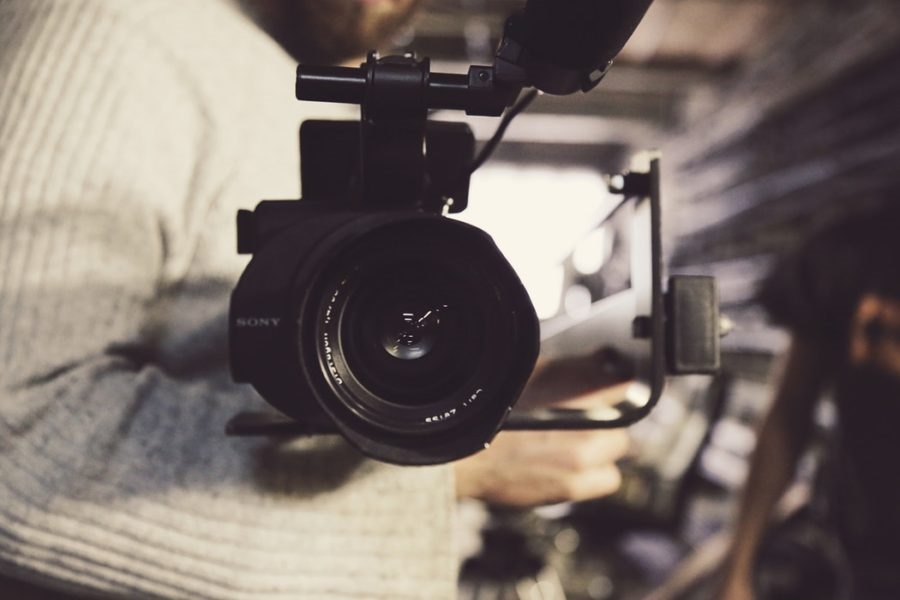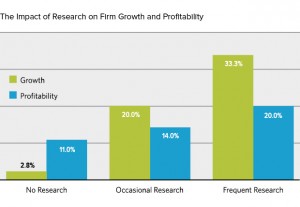— March 8, 2018
FreshMinds recently teamed up with BPP in a fantastic project where we harnessed the power of video to better understand today’s teens. In our recent blog post, we explored how advantageous video was to our research. In just over just 7 days, the teens uploaded 180 videos and logged in almost 40 times each! We had a brilliant time and were thrilled with the results.
If you’re interested in incorporating video in your own organisation’s research, from embracing video yourself to acknowledging the importance of emotional intelligence – see our top 5 tips below!

Stock photo
1. Don’t lose focus on your objective
Video is great for exploratory research, where your objective is to enhance your understanding of a specific consumer group. It helps you build a rich picture of a consumer’s life and understand it in broader context. For example, during our project with BPP, we watched a 16-year-old female intensely debate with each of her parents over conflicting views on apprenticeships versus university. By watching her reactions first-hand, video provided a real insight into the influences that shaped her worldview!
2. Think about your audience
You also need to think carefully about the audience you’re researching. Are they going to feel comfortable interacting with you through video? We chose to use video in our research because it mirrored a teen’s natural way of communicating, particularly through social channels such as Instagram stories and Snapchat.
We’re currently working on a youth segmentation piece and we’ve identified that a fifth of 16 to 18-year-olds use video calling daily, half say that they use it at least once a week, and over a third of them feel more confident interacting with people online than face to face. As a result, video provided the perfect way of engaging teens. Our advice is to make sure you really understand who you’re researching, because for some audiences, video won’t be appropriate.
3. Embrace video yourself
To get in the spirit of using video during our research, we wanted to make the teens feel as relaxed and as comfortable as possible. We used video to introduce the teens to our moderator and explain the general workings of the online community. Our biggest takeaway is that if you want your consumers to be just as enthusiastic about the research as you are, then embrace it!
4. Be creative
The next tip is to think creatively about the tasks you set. Send your respondents out on missions to show you the different aspects of their lives, or get them to talk to their friends and family with interview tasks. The teens showed us how creative they could be and even ended up recording themselves FaceTiming others! These sorts of interactive tasks can really help enrich your research and provide an objective perspective.
5. Don’t underestimate the importance of emotional intelligence
Finally, you need to think carefully about the implications of using video on your analysis. Video takes a long time to analyse and it requires a specialised skill set. You need someone with real emotional intelligence to do this successfully. Not only are you analysing what a respondent is saying, but you’re also interpreting the visual and emotional cues you see on camera.
This was a fascinating project that really opened our eyes to just what’s possible with video. Do you have any additional tips or are looking to give video a try? Share with us in the comments below!
Digital & Social Articles on Business 2 Community
(33)










